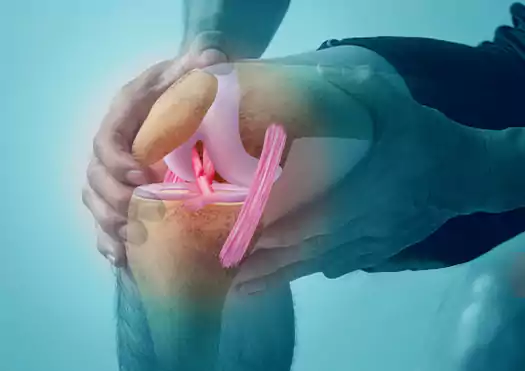Service Details:
Injuries occurring during sports activities, ranging from sprains and strains to fractures and dislocations. Data tracks injury type, severity, recovery time, and return-to-play metrics.
Sports injuries encompass a wide array of musculoskeletal injuries that occur during athletic activities, exercise, or sports participation. These injuries can affect various tissues, including muscles, ligaments, tendons, bones, joints, and even nerves. The type and severity of a sports injury depend on factors such as the sport being played, the intensity of the activity, the individual's physical condition, protective equipment used (or not used), and the presence of any pre-existing conditions.
Common types of sports injuries include:
- Sprains (బెణుకులు - Beṇukulu): Ligament injuries resulting from overstretching or tearing of the fibrous connective tissue that connects bones at a joint (e.g., ankle sprain, knee sprain).
- Strains (నరాలు పట్టడం - Naraalu paṭṭaḍaṁ): Muscle or tendon injuries caused by overstretching or tearing of the fibers (e.g., hamstring strain, calf strain).
- Fractures (ఎముకలు విరగడం - Emukalu viragaḍaṁ): Breaks in a bone, ranging from hairline fractures to complete breaks, often caused by direct impact or repetitive stress (stress fractures). Common in sports involving collisions or falls.
- Dislocations (కీలు తొలగడం - Keelu tolagadaṁ): Displacement of a bone from its normal position within a joint (e.g., shoulder dislocation, elbow dislocation).
- Tendonitis (టెండినైటిస్ - Ṭeṇḍinaiṭis): Inflammation of a tendon, the tough fibrous cord that connects muscle to bone (e.g., Achilles tendonitis, patellar tendonitis or "jumper's knee").
- Bursitis (బర్సిటిస్ - Bursiṭis): Inflammation of a bursa, a fluid-filled sac that cushions bones, tendons, and muscles near joints (e.g., olecranon bursitis in the elbow).
- Rotator Cuff Tears: Tears in the group of muscles and tendons that surround the shoulder joint, common in sports involving overhead movements (e.g., cricket bowling, volleyball serving).
- Meniscal Tears: Tears in the cartilage (meniscus) in the knee joint, often occurring with twisting injuries (common in football, kabaddi).
- Anterior Cruciate Ligament (ACL) Tears: Tears in one of the major ligaments in the knee, often occurring with sudden stops, changes in direction, or landing awkwardly (common in football, volleyball).
- Concussions (మెదడు షాక్ - Medaḍu ṣhaak): Traumatic brain injuries caused by a blow to the head or body, resulting in a temporary disturbance of brain function (important in contact sports like football, kabaddi).
- Overuse Injuries: Injuries that develop gradually over time due to repetitive stress on muscles, tendons, or bones without adequate rest or recovery (e.g., stress fractures in runners, shin splints).
Data Collection for Sports Injuries:
